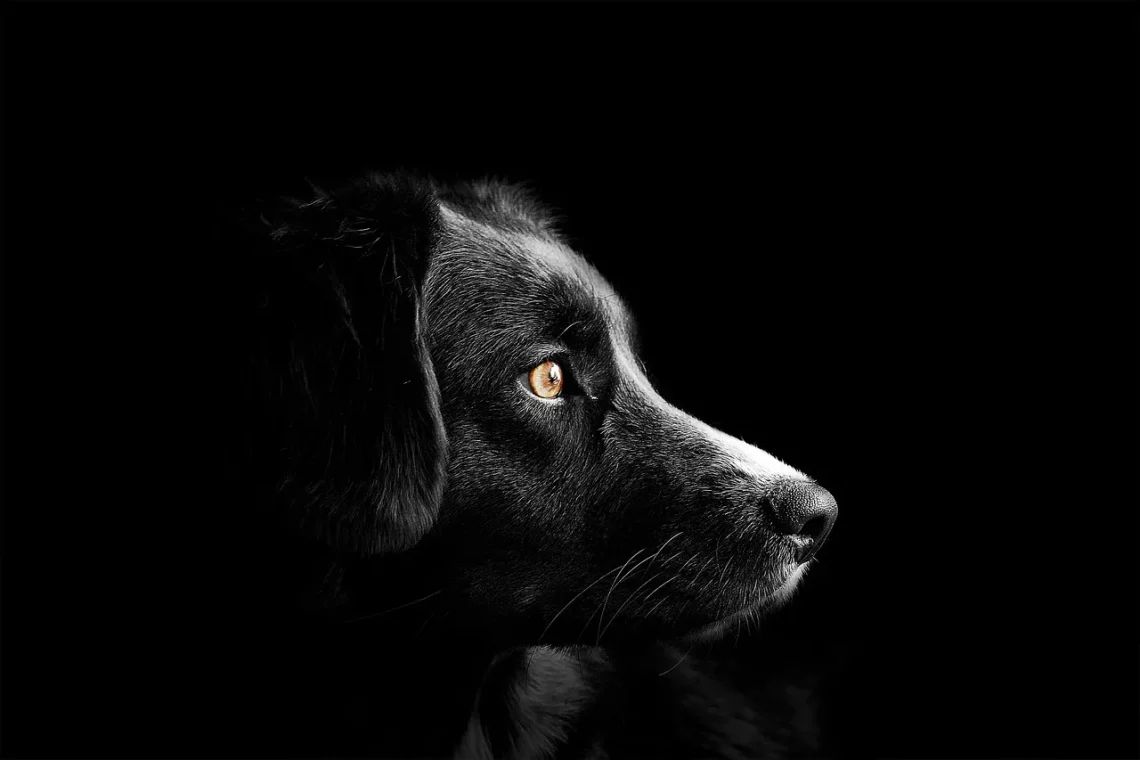
Unleashing the Secrets of Your Doggy Dreamer: Understanding Canine Sleep
Dogs, like humans, spend a significant portion of their lives sleeping. Observing a dog dozing off, twitching, or even barking in their sleep can raise questions about what’s happening in their dream world. The sleep patterns of canines can vary widely based on breed, age, and individual temperament. Understanding how dogs sleep and what their dreams might entail can provide valuable insights into their health and well-being.
Sleep is essential for all mammals, and dogs are no exception. It serves not only as a time for physical recuperation but also for mental processing and emotional regulation. While dogs may seem like they’re simply resting, their sleep cycles are complex and can tell us much about their overall state of mind. Various factors, including their environment, daily activities, and even their diet, can influence how well a dog sleeps. This intricate relationship between sleep and a dog’s daily life is a fascinating area of study for pet owners and animal behaviorists alike.
As we dive deeper into the world of canine sleep, we’ll explore the different stages of a dog’s sleep cycle, the significance of dreaming, and how owners can ensure their furry friends enjoy restful and rejuvenating slumber. By understanding these aspects, we can foster a healthier and happier environment for our beloved pets.
The Stages of Canine Sleep: What Happens When Your Dog Snoozes
Dogs experience multiple stages of sleep, much like humans. Their sleep cycles include both REM (Rapid Eye Movement) and non-REM sleep. Understanding these stages can provide insight into how well your dog is resting and what they may be dreaming about.
Initially, dogs enter non-REM sleep, which is characterized by lighter stages of rest. During this phase, the dog’s body begins to relax, and their heart rate slows down. This stage is crucial as it allows the dog to recuperate physically. As the cycle progresses, dogs move into deeper stages of non-REM sleep. This part of the cycle is essential for healing and rejuvenation, helping dogs recover from the day’s activities.
After a period in non-REM sleep, dogs will transition into REM sleep. This is the stage where dreams occur, and it is easily recognizable by the twitching of a dog’s legs, ears, or facial muscles. You may notice your dog making little noises or even barking during this stage. Research suggests that dogs dream about their experiences, just like humans do. They may relive moments of play, interaction with their owners, or encounters with other animals.
The duration of sleep cycles in dogs can vary based on several factors, including age and breed. Puppies and older dogs tend to sleep more than young adult dogs, with puppies spending up to 20 hours a day sleeping. Larger breeds may also have longer sleep durations compared to smaller breeds. Understanding these nuances in sleep cycles can help dog owners recognize when their pets are not getting enough rest or when they may be experiencing sleep disturbances.
The Importance of Sleep for Your Dog’s Health and Well-being
Like humans, dogs need adequate sleep for optimal health. Insufficient sleep can lead to various behavioral and physical issues. A well-rested dog is typically more energetic, focused, and responsive, while sleep-deprived dogs may exhibit irritability, anxiety, or even aggression.
Sleep plays a vital role in a dog’s immune system. During deep sleep, the body produces cytokines, which are proteins that help combat infections and inflammation. If a dog is not getting enough sleep, their immune response may weaken, making them more susceptible to illnesses.
Additionally, sleep is crucial for cognitive function. Dogs that regularly experience quality sleep are better at learning new commands and retaining information. This is particularly important for training, as a well-rested dog will be more responsive to commands and less distracted by their surroundings.
Moreover, sleep is essential for emotional regulation. Dogs are sensitive creatures, and just like humans, they can experience stress and anxiety. A well-rested dog is less likely to show signs of stress-related behaviors, such as excessive barking or destructive chewing. This is why creating a conducive sleeping environment is critical.
To ensure your dog gets quality sleep, consider their sleeping area carefully. A comfortable bed in a quiet, dark space can help promote restful slumber. Routine is also essential; dogs thrive on consistency, so establishing a regular sleep schedule can help them feel secure and relaxed.
Signs of Sleep Disturbances in Dogs: When to Seek Help
While dogs generally have good sleep patterns, there are times when they may experience disturbances. Recognizing the signs of sleep issues is crucial for maintaining your dog’s health and well-being.
One common sign of sleep disturbance is excessive barking or whining during the night. If your dog seems restless or frequently wakes up, it may indicate discomfort or anxiety. Another sign to watch for is changes in sleeping habits. If your dog, who usually sleeps soundly, suddenly becomes restless or starts to avoid their bed, it may be time to investigate further.
Physical discomfort can also impact a dog’s sleep. Conditions such as arthritis or other joint issues can make it difficult for dogs to find a comfortable sleeping position. If you notice your dog struggling to get up or lying in unusual positions, consulting a veterinarian may be necessary.
In some cases, sleep disturbances can also be linked to underlying health issues such as anxiety disorders or cognitive dysfunction syndrome, particularly in older dogs. If your dog displays unusual behaviors during sleep, such as excessive twitching or convulsions, it’s essential to consult with a veterinarian to rule out any serious conditions.
Additionally, ensuring that your dog has a consistent and calming pre-sleep routine can help mitigate sleep disturbances. Engaging in gentle play, followed by a period of quiet time, can prepare your dog for a restful night.
Creating a Restful Sleeping Environment for Your Dog
Creating the perfect sleeping environment is critical for ensuring your dog gets quality sleep. Dogs thrive in spaces that are quiet, safe, and comfortable. Here are some tips to help you design an ideal sleeping area for your furry friend.
First and foremost, choose a comfortable bed. Look for one that provides adequate support and is the right size for your dog. Some dogs prefer orthopedic beds that cater to their joint health, while others may enjoy softer, plush options. Consider your dog’s preferences and any specific health needs when selecting a bed.
Next, the location of the bed is essential. Dogs typically prefer a place where they feel safe and secure. A cozy corner of your living room or a quiet spot in your bedroom can be ideal. Avoid placing the bed near noisy appliances or high-traffic areas to minimize disturbances.
Lighting and temperature also play a significant role in creating a restful environment. Dogs generally prefer cooler temperatures, so ensure their sleeping area is not too warm. Additionally, using blackout curtains can help create a dark space, which is conducive to sleep.
Lastly, consider incorporating calming scents or sounds. Many dog owners find that playing soft music or using essential oils designed for canine relaxation can help soothe their pets during sleep time. Always ensure that any scents used are safe for dogs.
By creating a comfortable and peaceful sleeping environment, you can help your dog enjoy the restful sleep they need for their overall health and happiness.
—
**Disclaimer:** This article is for informational purposes only and does not constitute medical advice. Always consult a veterinarian for health-related concerns regarding your pet.




